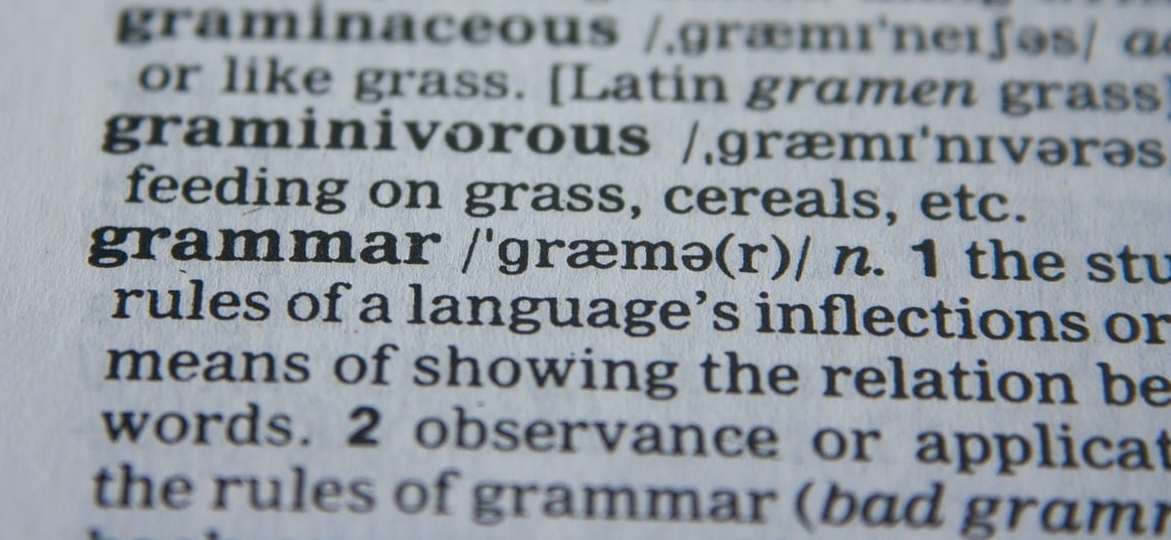This article is all about getting to know the gerund in French. Stay with us for a detailed look at the following things:
- What a gerund is
- How we form it
- How we use a gerund in French
- Studying French on GlobalExam
If you wish to take the tests DELF, DALF or TCF revising all our french grammar and conjugation worksheets is always a great idea!
Ready? Let’s dive in and start learning French online!
What is the gerund?
The word may sound a little funny, but truth be told, gerunds are really useful. A gerund is a verbal form that expresses simultaneity and causation.
In English, you’ll be familiar with the way in which we use -ing verbs to express the same thing. Take a look at these examples:
- She learns Spanish by listening to Spanish podcasts
- They swapped stories while drinking wine
In French, these expressions would be translated using gerunds.

How do we form the gerund?
In order to form the gerund in French, you first need to know how to form the present participle.
The French present participle is another verb form that is recognizable by its distinctive -ant ending, e.g. parlant (“speaking”), mangeant (“eating”), and aimant (“loving”). The present participle isn’t quite as versatile as its English counterpart, but it still has a few helpful functions.
Forming the gerund in French is simple. Follow these steps:
- Take the verb in the present tense, e.g. parler
- Remove the verb ending, e.g. parl-
- Add -ant to form the present participle, e.g. parlant
- Add en before the verb, e.g. en parlant
If you want to use the gerund in a negative expression, the negative particles ne… pas position themselves either side of the verb as follows:
- en + ne + verb + pas
When do we use the gerund?
Now we know how to form the gerund in French, when exactly do we use it?
There are a few places where the gerund comes in handy. We can use the gerund in French to express:
- Simultaneity: two actions that occur at the same time
- Cause: why something occurs
- Manner: the way in which something occurs
- Condition
Let’s take a look at some examples to see the French gerund in action.
- J’étudie en écoutant la radio en français (“I study while listening to the radio in French”)
In this example, the two actions – studying and listening to the radio – occur at the same time. This is simultaneity: it describes simultaneous actions completed by the same person.
- Il s’est fait mal en faisant trop de sport (“He hurt himself from doing too much sport”)
In this example, the first action – hurting himself – has been caused by the second action – doing sport. This is cause.
- Je vais au travail en marchant (“I go to work by walking”)
In this example, the second action – walking – describes the way in which the first action – going to work – is carried out. This is manner.
- Tu trouveras ce que tu cherches en allant chez Ikéa (“You’ll find what you’re looking for by going to Ikea”)
In this example, the first action – finding something – will only happen on condition of the second action – going to Ikea. This is condition.
Irregular verb formations
Forming the gerund in French is fairly simple once you’re familiar with the present participle. Simply learn the steps outlined above and then apply it to any verb.
However, this wouldn’t be a French grammar lesson if there weren’t a couple of stubborn verbs that beat to the sound of their own drum. We’re talking about irregular verbs, of course!
There are three main verbs that take an irregular form for the gerund in French: avoir (“to have”), être (“to be”), and savoir (“to know”).
Look at the table below to see their gerund forms:
| avoir | être | savoir |
| en ayant | en étant | en sachant |
Studying with GlobalExam
Did you find this grammar recap helpful? We hope so! If you did, you can find more resources like this on the GlobalExam e-learning platform.
We’ve developed a platform for learning languages online, including a whole section dedicated to French. Whether you’re a beginner, intermediate or advanced French speaker, we can help you move to the next level. On GlobalExam, you’ll find grammar sheets on every grammar topic you can think of, along with exercises and tests.
One of the great things about learning online is that you can design the course to suit your level, your goals, and your timeline. Studying for a test? No problem! We have resources specifically designed to help students prepare for the DELF, DALF and the TCF too.
Don’t stop at the gerund, you can conquer all of French grammar in a doddle with GlobalExam!
Take some time to read more articles about French grammar and conjugation to improve your French level. We have written articles on topics such as French adjectives, pronouns, adverbs, gerund and all you need to know about verbs and tenses.
Here with the list of French grammar and conjugation worksheets:
- French grammar – French adjectives: definition, forms, and rules
- List of relative pronouns in French: learning when to use them
- What is an adverb In French? Types and examples of phrases
- Learning French Grammar – French Passive To Active Voice
- List of French Grammar and Conjugation Worksheets
- French Conjugation All you need to know about Verbs And Tenses
And if you’re looking for the best grammar book to suit your level, you can rest assured that there are all kinds!



